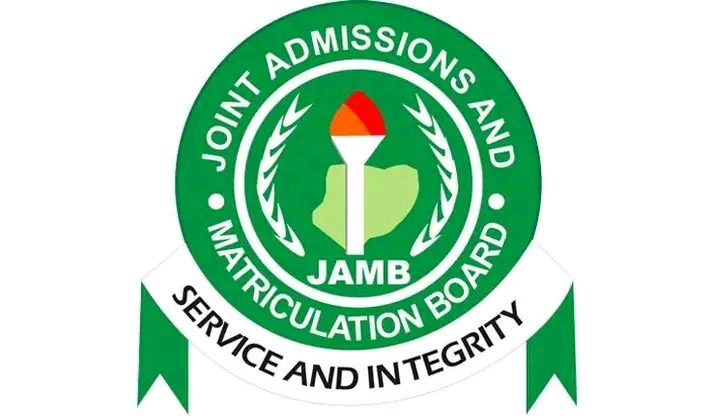Music JAMB Syllabus

Do you dream of transforming your passion for music into a thriving career?
Then cracking the JAMB Music exam is your first crucial step. But navigating the vast JAMB Music syllabus can feel overwhelming.
Worry not, aspiring maestros! This blog is your one-stop guide to dissecting the syllabus, understanding key areas, and preparing for exam glory.
The JAMB Music syllabus is neatly divided into five sections, each brimming with crucial knowledge:
Section A: Rudiments of Music
Musical Notation: This foundational section delves into reading and writing music, covering staff notation, clefs, bars, time signatures, and note values. Master these symbols, and you’ll unlock the language of music itself.
Scales and Keys: Dive into the world of major and minor scales, understanding their construction, key signatures, and transposition. This knowledge forms the backbone of melodic and harmonic comprehension.
Intervals: Identify and classify intervals, the gaps between two notes, as they play a vital role in chord construction and melodic analysis.
Rhythms and Meters: Grasp the intricacies of rhythm, including meters, tuplets, syncopation, and rests. Mastering these concepts will make you a rhythm machine!
Section B: Elementary Harmony
Chords: Understand the building blocks of harmony, namely triads, seventh chords, inversions, and progressions. Learn how chords interact and create tension and release in music.
Part-writing: Compose and harmonize simple melodies, learning how to create smooth voice leading and balanced textures.
Cadences: Recognize and analyze cadences, the punctuation marks of music that provide closure and direction.
Section C: History and Literature of African Music
Traditional African Music: Explore the rich tapestry of musical traditions across Africa, understanding diverse instruments, genres, and performance practices.
Nigerian Music: Immerse yourself in the vibrant musical landscape of Nigeria, delving into genres like Highlife, Juju, Apala, and Fuji.
Influences and Developments: Trace the evolution of African music, examining its impact on global music and the influence of colonialism and globalization.
Section D: History and Literature of Western Music
Medieval and Renaissance Music: Discover the origins of Western music, studying Gregorian chant, polyphony, and the rise of secular music.
Baroque and Classical Periods: Understand the dramatic shifts in musical style during these eras, delving into the works of Baroque masters like Bach and Handel, and classical giants like Mozart and Beethoven.
Romantic and Modern Periods: Explore the emotional expressiveness of Romanticism, the experimentation of the 20th century, and the emergence of diverse styles like jazz, rock, and electronic music.
Section E: Comparative Music Studies
Musical Elements and Concepts: Compare and contrast musical elements and concepts across different cultures, including melody, harmony, rhythm, timbre, and form.
Musical Instruments: Explore the diverse range of instruments used in various musical traditions, understanding their unique characteristics and cultural significance.
The Influence of Music on Society: Analyze the interconnectedness of music and society, examining how music reflects and shapes cultural values and identities.
Vital Information for Exam Success
Examination Format: The JAMB Music exam comprises 70 objective questions and 30 theory questions. The objective questions cover all sections of the syllabus, while the theory questions focus on musical notation, scales, chords, and aural tests.
Recommended Texts: JAMB provides a list of recommended textbooks for each section of the syllabus. Familiarize yourself with these resources to ensure comprehensive coverage of the topics.
Practice is Key: Don’t underestimate the power of practice! Use past JAMB Music question papers and mock tests to refine your skills and build confidence.
Seek Guidance: Consider enrolling in tutorial classes or joining online study groups to connect with other aspiring musicians and clarify any doubts.
FAQs
How much time should I dedicate to preparing for the JAMB Music exam?
There’s no one-size-fits-all answer, but consistent effort is key. Aim for at least 2-3 hours of dedicated study per day, gradually increasing the intensity as the exam approaches.
Are practical music skills required for the JAMB Music exam?
While the exam focuses primarily on theoretical knowledge, having basic instrumental or vocal skills can enhance your understanding and aural perception.
What resources are available online for my JAMB Music preparation?
Several online platforms offer JAMB Music tutorials, practice questions, and study materials. Explore resources like past question papers, JAMB-approved textbooks, and interactive websites.
Also Read: Mathematics JAMB Syllabus



